Gears of War 4 port analysis
This is how DirectX 12 is supposed to work.
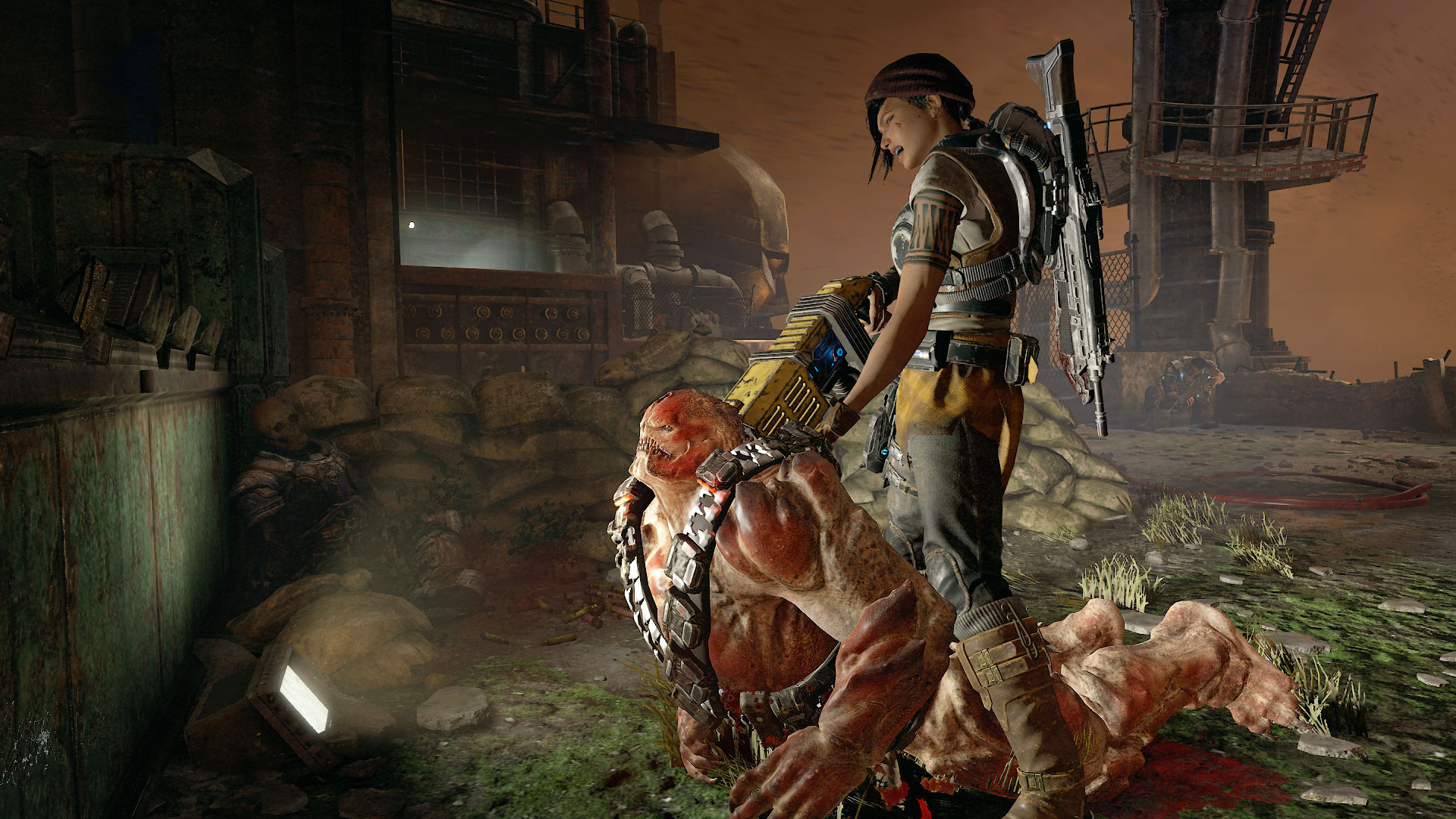
The Gears of War franchise has an interesting history on PC. The first made it to PC in 2007, but that was the last we saw of Gears until now. These days Microsoft appears willing to give up Xbox exclusivity—but only if the PC version is a Windows 10 exclusive available solely via the Windows Store. Oh, and there's that whole UWP business, the Universal Windows Platform that seems less about being universal and more about ensuring Microsoft maintains strict control.
But if the Windows Store and UWP mean we can get all the latest Xbox games on PC as well, that might actually be a good thing, right? We've had Gears of War Ultimate, Quantum Break, Forza Horizon 3, and now Gears of War 4 all launch on both Xbox One and PC. That may not be enough to wash away the sour taste Games for Windows left in our mouths, but it's a start. More importantly, however, Gears of War 4 includes a good built-in benchmark and it's a new DirectX 12 exclusive. If anyone can get DirectX 12 support right, it ought to be Microsoft.
Let's see how the PC version of Gears of War stacks up against our standard checklist, cover the important settings, and find out what sort of performance you can expect with several hardware options.
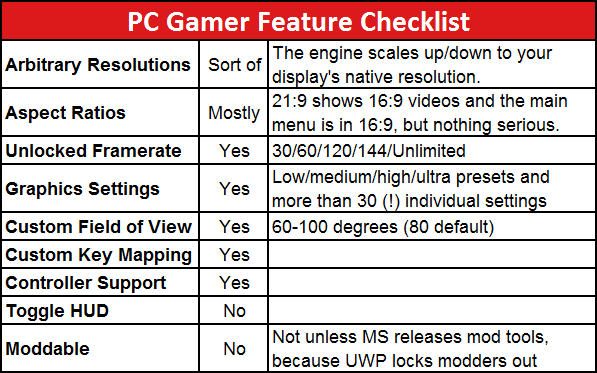
After a shaky start with Gears of War Ultimate and Quantum Break, Microsoft has gone back and changed the way UWP games behave. For one, V-sync off and uncapped framerates are now options, and Gears of War 4 comes with a ton of graphics settings. (More on this below.) Other areas have all the desired elements, from supporting various aspect ratios to field of view to keymappings. I didn't personally try playing with a controller, and the default settings for most items worked fine.
The game does support ultrawide resolutions, with a few caveats. The main menu, video cutscenes, and a few loading screens use 16:9 with letterboxing (black bars on the sides). Also, split-screen co-op currently runs at 16:9, though that might be fixed in a patch. It's not perfect support for 21:9, but it's far closer than most games come, especially without any external mods.
[Updated] There is one small oddity in that the Options menu isn't listed in the main menu with the other primary items. Instead, you press Home (which is noted in the bottom-right corner). I missed this at first because it was in a slightly unusual spot.
For high-end PC gamers, also note that at present, Gears 4 doesn't support explicit or implicit multi-adapter modes. In other words, multi-GPU CrossFire and SLI aren't available, at least not yet. There's also an apparent bug of sorts where if you have an Nvidia SLI setup, having SLI enabled in the Nvidia control panel can actually reduce performance in single-GPU mode, so you'll want to (at least temporarily) turn it off. The Coalition is working with Nvidia to fix this.
The biggest gaming news, reviews and hardware deals
Keep up to date with the most important stories and the best deals, as picked by the PC Gamer team.

The one area where Gears of War 4 falls short is in mod support. This goes back to the use of UWP, something it seems Microsoft is hellbent on promoting. UWP doesn't immediately strike me as a horrible thing, but the more you dig into the details, the more questionable it becomes. Game files for Gears 4 are locked down tight—you can't view any of them, including the INI files and the benchmark's HTML output. This has numerous ramifications, among them being modding support. Unless something changes, I don't expect to see any third party mods for Gears of War 4.
As another example of UWP and what it means, Gears of War 4 is a monster of a game at 73GB. The Windows Store tends to be slower on downloads compared to Steam—at least in my experience—and it took over two hours to download onto my main PC via a 180Mbps connection. It should have been closer to an hour, but once downloaded, if I want it on a second PC, I can just copy the files over, right? Wrong. None of the files have user read access, and from what I can tell, even if you somehow do manage to copy the files over to a second PC (I tried this with Gears of War Ultimate, which didn't totally lock me out of all the files), you'll still have to download everything from Microsoft again. This is definitely less customer friendly than Steam, Origin, UPlay, GoG, or any other similar service I've used.
I'd like to think that, if UWP is as bad as Tim Sweeney says, it will simply die off and fade away. The problem is that even if that comes to pass, it leaves anyone who buys UWP games in an awkward position. Will there be a final patch to 'unlock' games before killing the service, or will Microsoft just kill the platform? But if I'm truthful, I don't expect Microsoft to give up on UWP any time in the near future—they need a Windows alternative to the App Store and Google Play Store, and UWP is part of that strategy. And this alone may be enough to keep some people away from Gears of War 4 and other UWP games. But let's get back to Gears 4.
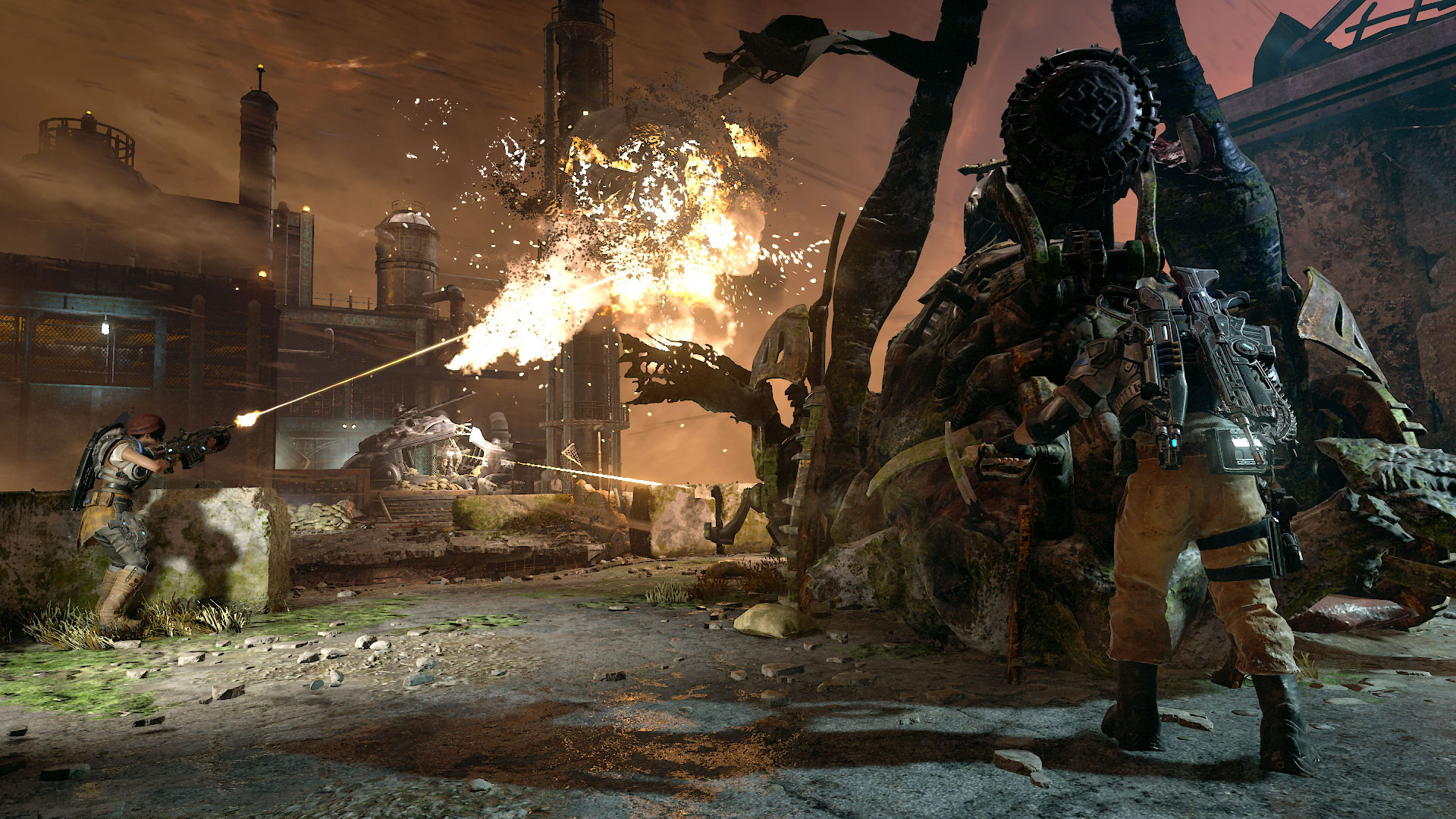
Graphics settings and impressions
I'm a newcomer to the Gears of War universe, so if you're interested in the whether the game is good or not, you can read about that in our review—I'm looking at the technical aspects of the port. Based on Unreal Engine 4, Gears 4 is an impressive looking game, with an almost overwhelming list of options to tweak. What's really awesome is that each setting provides a description as well as input on its performance impact/requirements. These are labeled GPU, CPU, and VRAM, with ratings of none, minor, moderate, and major. This makes it much easier to drill down and tweak the settings if you're not getting the framerates you'd like, and I'd love to see all games provide such comprehensive explanations.
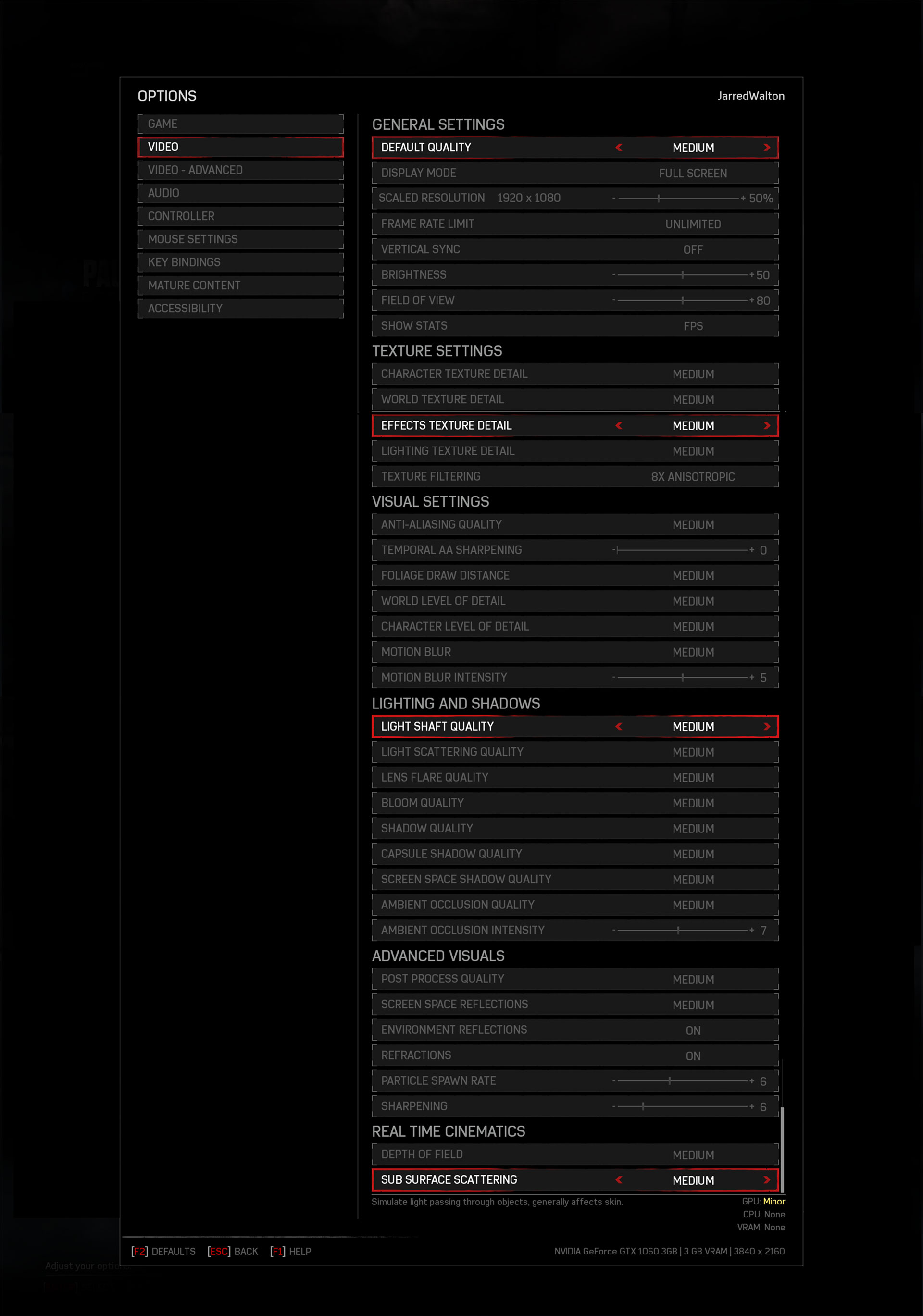
If the list feels overwhelming—and it very well might—you can stick to the presets. Many of the items only have a small impact on performance and the way the game looks, and they're mostly here for the people who want to tweak every little aspect. I'm going to skip over most of the settings, since you can read Microsoft's descriptions as well as I can, and just focus on the main points of interest.
Starting at the top of the settings list is the global 'default quality' preset, which tweaks nearly all of the settings below. There are four main options (low/med/high/ultra), along with an 'optimized' setting and 'custom'—the latter being something the game will automatically select as soon as you tweak any of the individual settings.
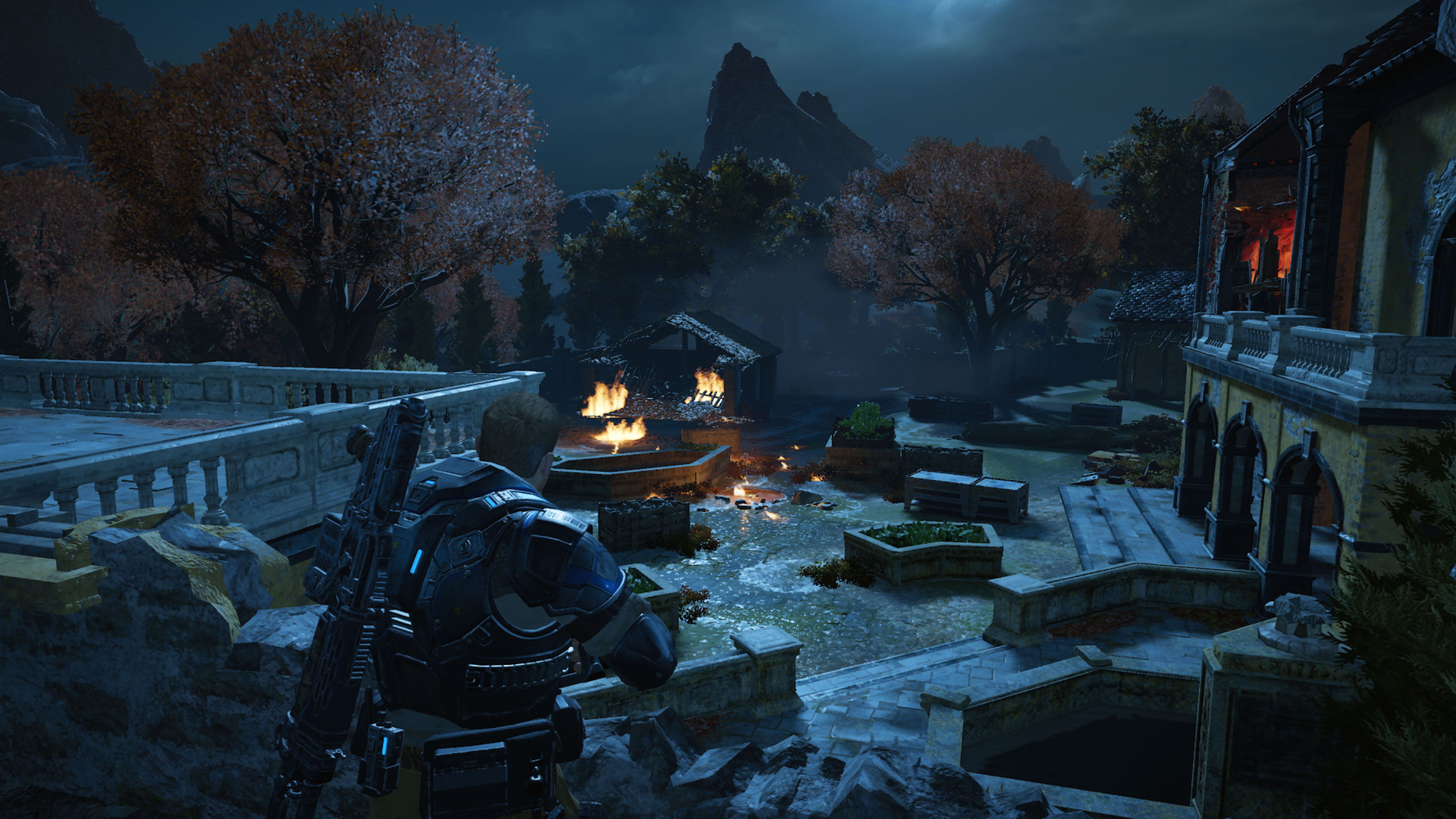
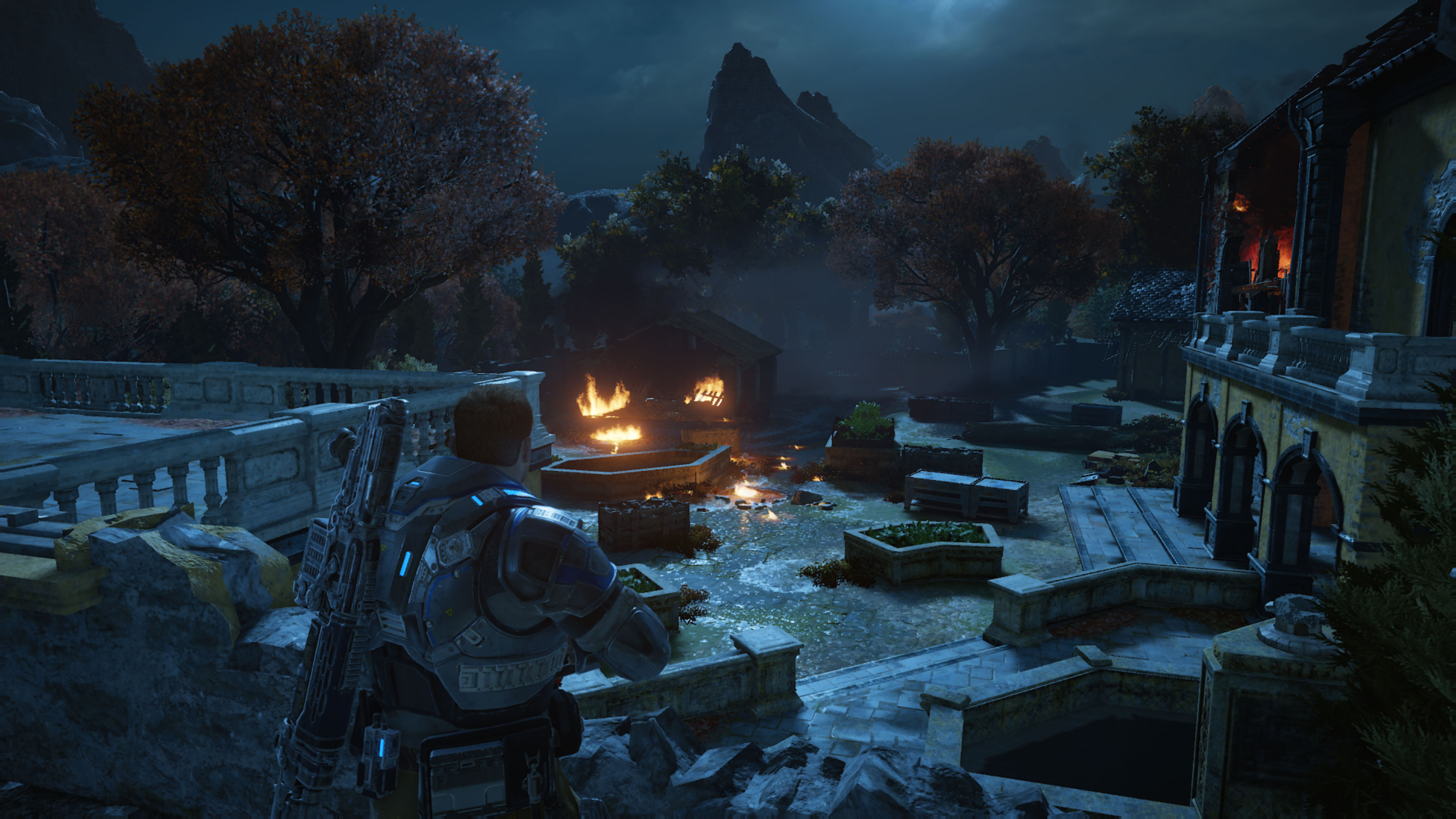
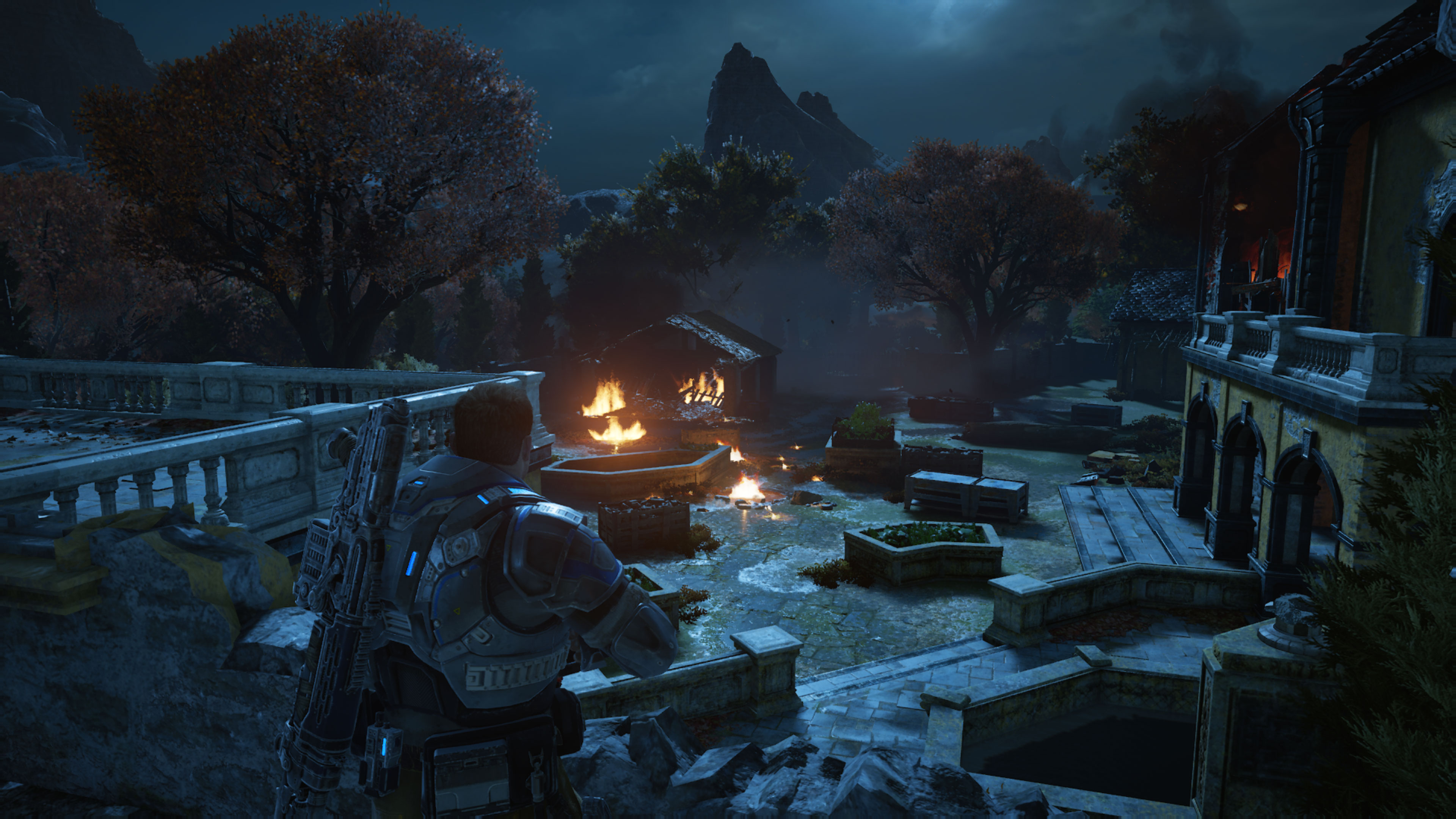
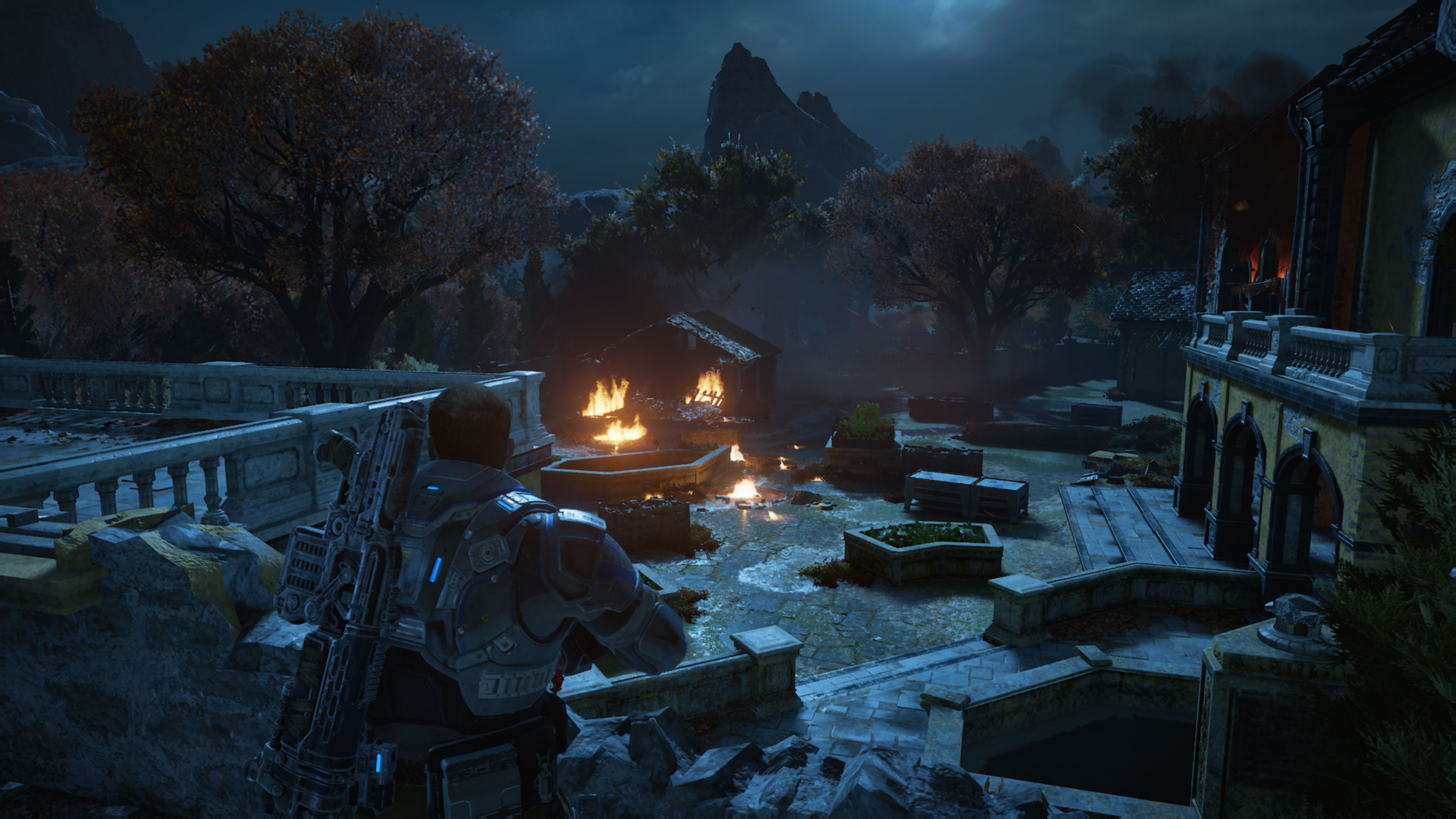
Here you can see the four main quality presets. As usual, the low setting primarily reduces the quality of lighting—SSAO and other aspects are off—and texture quality is also clearly lower. Medium improves both of those aspects, making the whole world look better, though the range for shadowing is clearly limited. The high preset improves the shadowing range and texture quality yet again, and is a great target for more modest systems. High ends up being about 98 percent of the way to ultra, and ultra primarily adds some very subtle changes to shadows—not the sort of thing you'd notice without snapping screenshots in all likelihood.
Checking out the individual settings, the top section (General Settings) is independent of the preset, with things like framerate caps, field of view, V-sync, and stats—which can be used to show your framerate. The main item of interest here is scaled resolution, which corresponds to what we'd normally see as display resolution—the game runs at your native display resolution, but everything is scaled either up/down. This has a major impact on the GPU and VRAM, and you'll need at least 4GB VRAM to even try running 4K (a 3GB GPU limited me to 3200x1800 80% scaling), while cards with 8GB VRAM open up even higher resolutions (200% scaling, or 7680x4320).
This is an interesting way of handling resolutions, and something I've seen in a few other games (e.g., Shadow of Mordor). If you go above 100% scaling, you get supersampling, while below 100% will upscale a lower resolution and potentially create some blurriness/blockiness. I'm not sure it's the best way of doing things, but Gears does use it to provide an interesting feature called dynamic resolution scaling. Enabling this (in the 'Advanced' menu) allows the game to change the internal rendering resolution on-the-fly based on scene complexity, in order to maintain a smooth framerate, so in a heated battle it may scale back by up to 50 percent, but it only works if you set a target framerate.
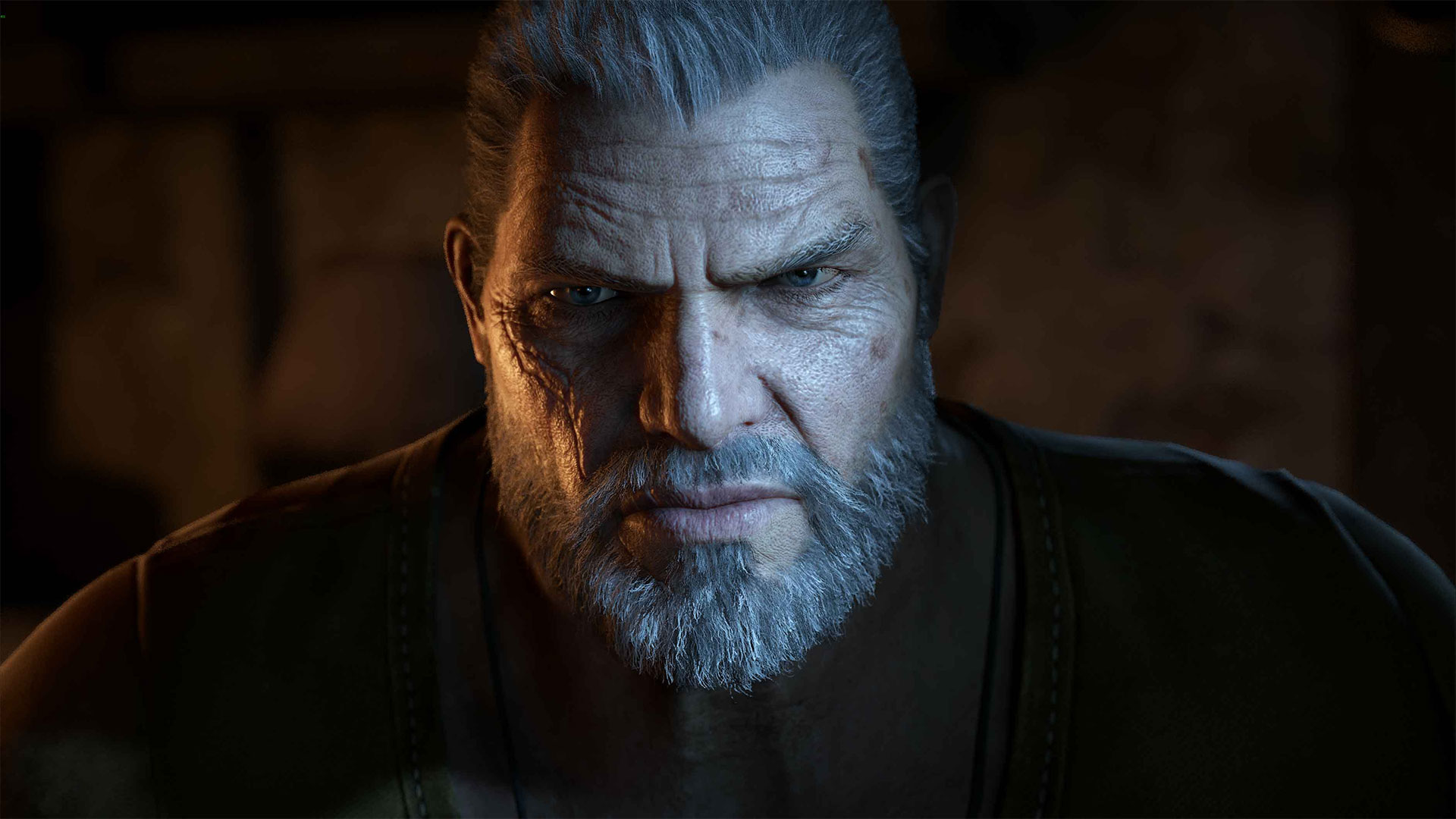
The character and world texture settings list VRAM as a major element, with the GPU being a moderate consideration. The fastest GPU in the world will struggle if it runs out of VRAM, but slapping gobs of VRAM on a low-end card isn't usually helpful—you'd probably end up dropping quality and VRAM requirements to get higher frame rates. For Gears 4, you'll need at least 4GB VRAM and probably 6GB if you want to use ultra textures everywhere, at least without occasional stuttering. The effects and lighting textures meanwhile only have a moderate VRAM requirement. Texture filtering (anisotropic filtering) used to be a demanding feature back in the day, but now you can usually run 16xAF even on low-end hardware without too much trouble.
Most of the Visual Settings section consists of items that won't really impact framerates. Antialiasing is in this group, as Gears 4 uses a post-process temporal AA solution that's virtually free, though it also tends to be less effective than true multi-sample AA. I personally like disabling motion blur, or at least decreasing the intensity, but you can choose what feels right.
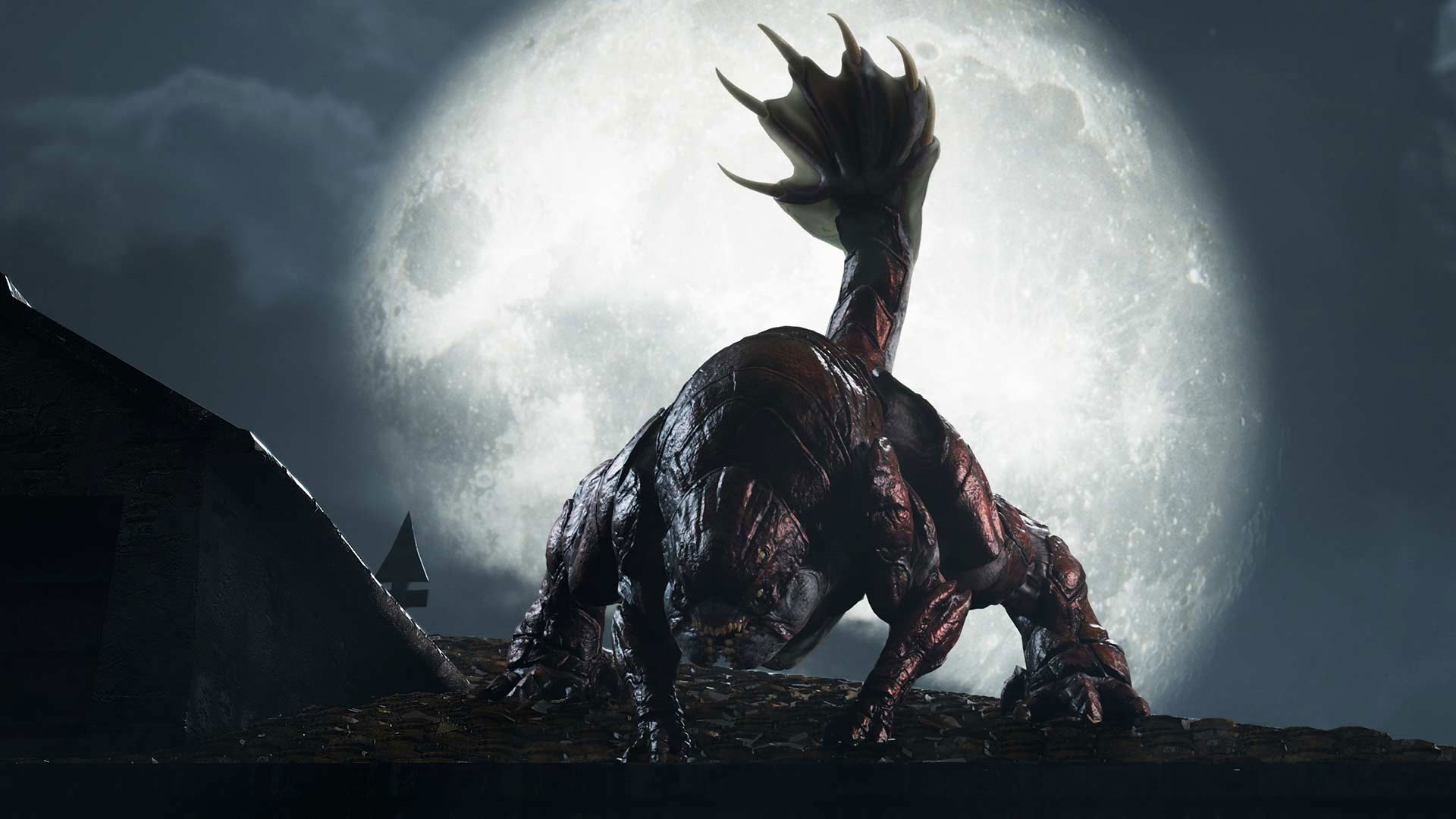
Under the Lighting and Shadows heading are several items that will have a significant impact on performance. Light shaft quality is one that you can turn down from ultra to medium with very little visual impact, though turning it off does disable a few effects. Light scattering is also related to volumetric lighting and you might want to set it to medium to improve performance (or off if you're on a lower-end GPU). The two biggest items for improving performance are shadow quality and ambient occlusion quality, and both are used to create dynamic shadows. Turning these off can improve performance quite a bit, but at the cost of image quality.
Moving to Advanced Visuals, screen space reflections is the big ticket item here. Like shadows, this relates to reflections of dynamic objects like your character. Depending on the scene, disabling the reflections can provide a significant boost to performance, and in most cases turning it down or off doesn't radically alter the gaming experience. You might also want to tweak the post process quality if you're looking for improved frame rates. It affects translucency and tone mapping, which might be nice but aren't absolutely required.
Finally, under Real Time Cinematics, depth of field in Gears 4 is one of the settings that can have a really big impact on performance. Mostly this blurs out objects that aren't the focal point, like when you're using a sniper rifle or during a cutscene, and it even has an 'insane' setting that is helpfully noted as having a "very high performance cost." Use at your own risk.
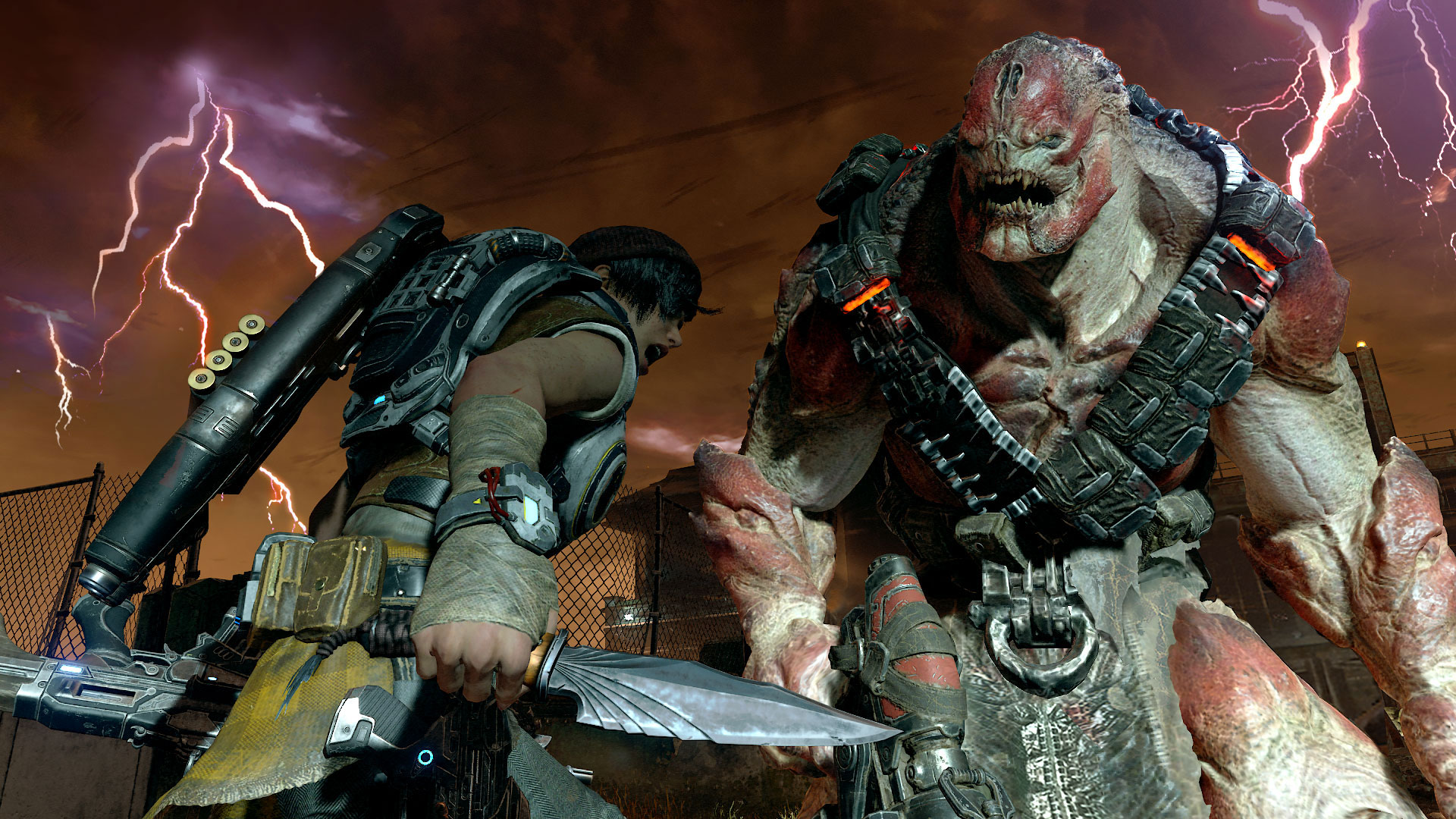
Grinding out frames (aka Performance)
When it comes to actually playing the game, Gears of War 4 shows what we all would love to see from major game releases. Everything from a low-end GPU that's a couple of years old to a top-end graphics card will deliver highly playable frame rates, and there are plenty of items to tweak if you want to eke out a few extra fps. This is in stark contrast to Mafia 3, which generally looked worse and was far more demanding of the hardware. But one question you're probably asking is how DirectX 12 impacts performance. Being UWP and DX12-exclusive, we can't check scaling from DX11 to DX12, but we can look at overall trends. Let's quickly check performance first.
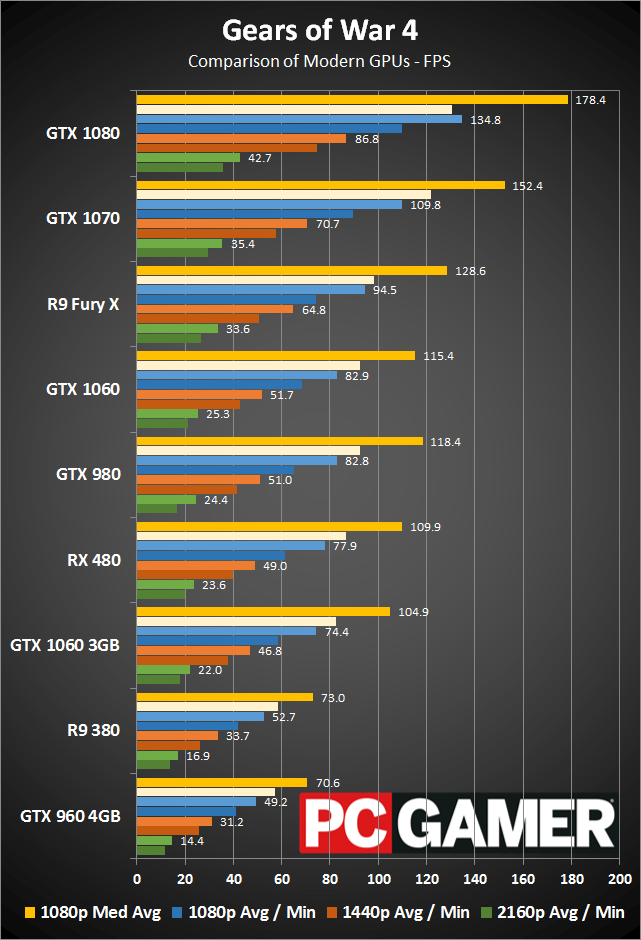
I've started doing testing at 1080p with medium quality, which can be a huge help to slightly older GPUs like the GTX 960 and R9 380. Some modern games are so demanding that even 1080p medium can be a struggle (Deus Ex: Mankind Divided and Mafia 3 come to mind), but Gears 4 doesn't have that problem.
Everything from a GTX 960 (and even a 950) should be able to break the 60 fps mark, and with the ability to enable things like dynamic resolution scaling, you should be able to avoid the few cases where a card might come up short. Older GPUs will probably have to drop below medium quality in some areas, but the minimum system spec of a GTX 750 Ti or R7 260X looks reasonable. Note that Windows 10 Anniversary Update is a requirement as well, which has caused me more than a few hours of grief, but that's another story.
Looking at other cards, GTX 1060 3GB appears fairly capable, but I noticed in playing that Gears 4 seems to stutter on occasion with 1080p Ultra, whereas the 6GB card didn't have such problems. Ultra quality recommends at least 4GB VRAM, so it's not too surprising, but if you're willing to drop to high quality the 1060 3GB still does great. The RX 470 4GB is equally capable, and in fact slightly better thanks to the additional VRAM, allowing for a slightly smoother experience. But in either case, 1080p at nearly max quality is definitely possible.
Those with high-end hardware can happily run Gears 4 at 1440p and still hit more than 60 fps. 4K ultra is a different matter, as even the mighty GTX 1080 comes up short—you'd need to drop a few settings at the very least. Also note that, at present, Gears 4 doesn't use multiple graphics cards, so short of splurging on a Titan X, this is as good as it gets.
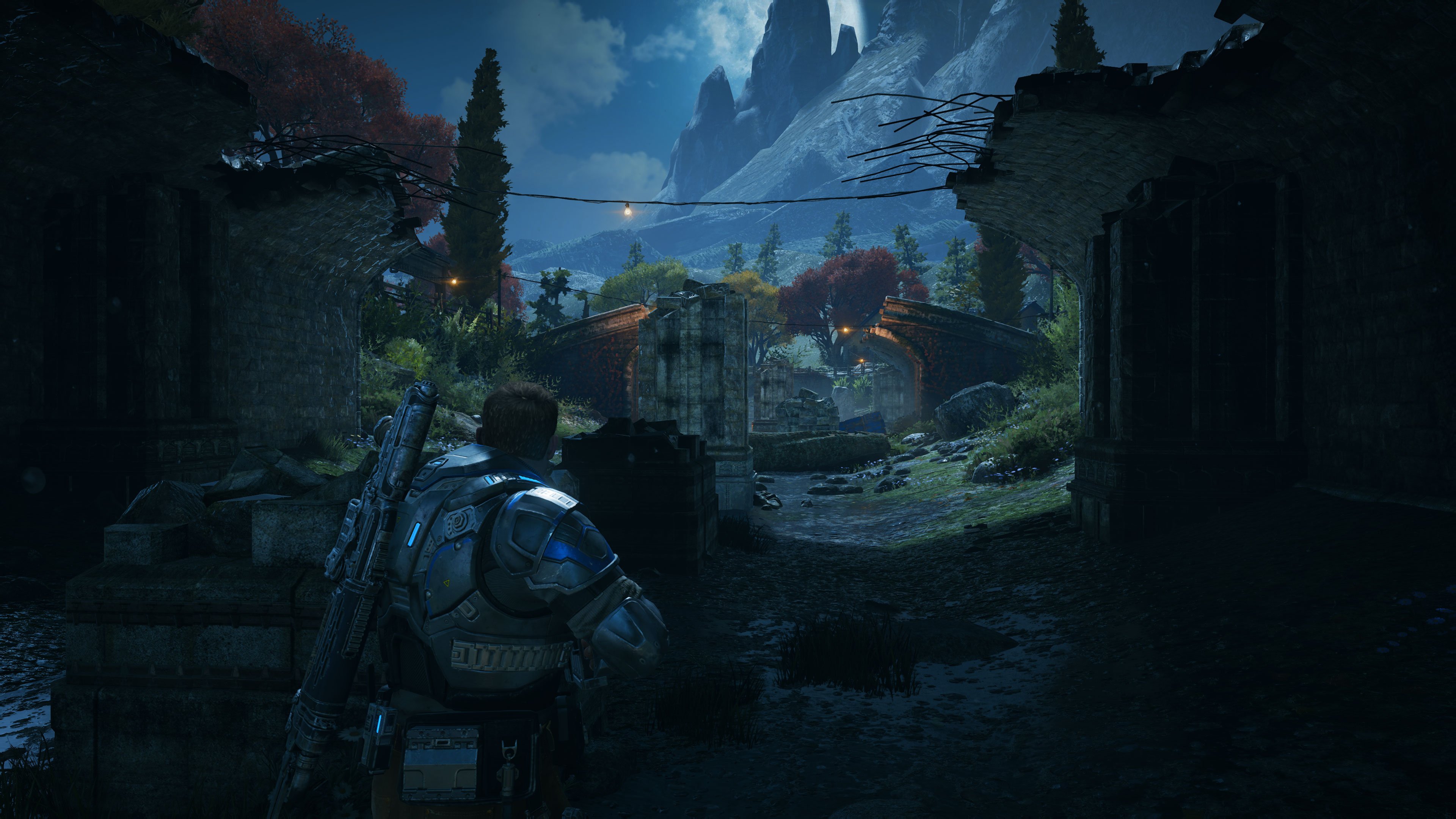
I also wanted to take a closer look at dynamic resolution scaling (DRS), so I decided to shoot for 4K on the GTX 1070. At 4K medium, the 1070 averages 49 fps, with 'average minimums' of 39. Putting in a framerate target of 90 fps and enabling DRS (with a 50 percent scaling range) on the other hand got me solidly above 60 fps. I was also able to start with the high preset and turn shadows, reflections, ambient occlusion, and depth of field to medium, yielding similar results (high on its own proved too demanding, however). With the 4K 'tweaked high' settings the 1070 averaged 80 fps and 61 fps average minimum.
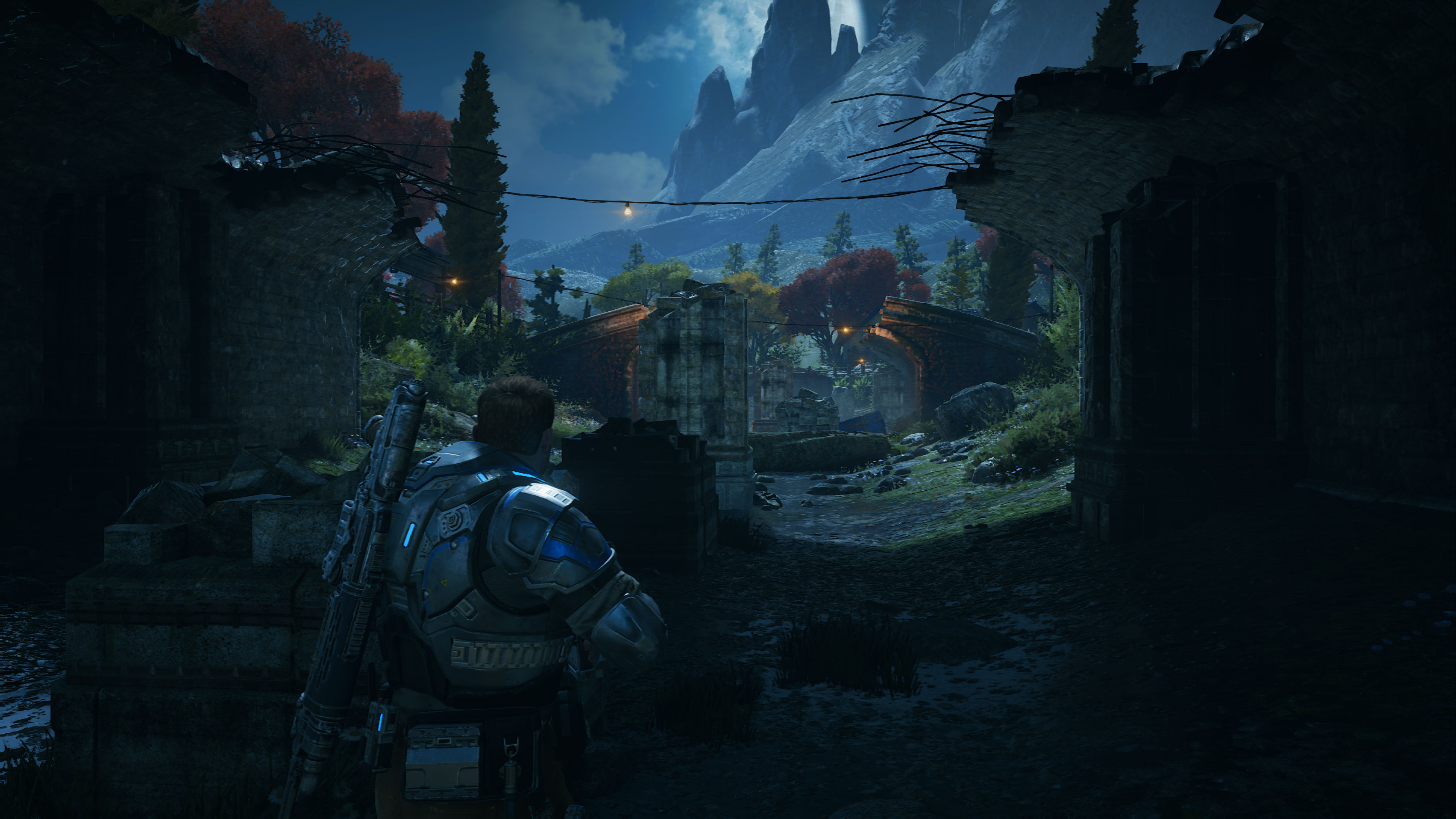
And how did it look? Since everything is normally in motion, spotting changes is almost impossible. I know upscaling is happening, as without DRS the 1070 falls well short of 60 fps, but looking at screenshots with/without DSR it's easier to spot the differences. In the above images (which is something of a worst-case scenario), the DRS image has a lot of blurriness that's not present when DRS is disabled. We're going from 4K Ultra at 35 fps to 4K DRS Ultra at 50 fps, and in this case you'd be much better off just setting the resolution scaling to 2560x1440.
You could use a similar approach to get a solid 60+ fps at 1080p ultra out of a GTX 960 or R9 380. Basically, DRS is a way to boost average framerates by around 50 percent, with a very hard to detect loss in quality. Note that the DRS only works if you set a target framerate, and it often comes up just short of that target. That's why I used 90 fps instead of 60, as the goal for most users is going to be getting above 60 fps and then enable V-sync. I can definitely see this being a useful feature for multiplayer, where it provides a fallback to avoid major fps dips.
I did a bit of poking around with CPU testing as well, just for good measure. My default configuration is a 6-core i7-5930K at 4.2GHz; disabling four of the cores and running as a dual-core 3.7GHz part dropped the GTX 1070 performance at 1080p medium and 1080p ultra by about 20 percent, with a lower impact at 1440p ultra. If you have a slower GPU like an R9 380 or GTX 960, the CPU has even less of an impact on performance, dropping framerates by less than 10 percent at 1080p resolutions. So despite Gears 4 listing a quad-core i5-3470 or 6-core FX-6300 as the minimum, you can certainly get by with a dual-core CPU.
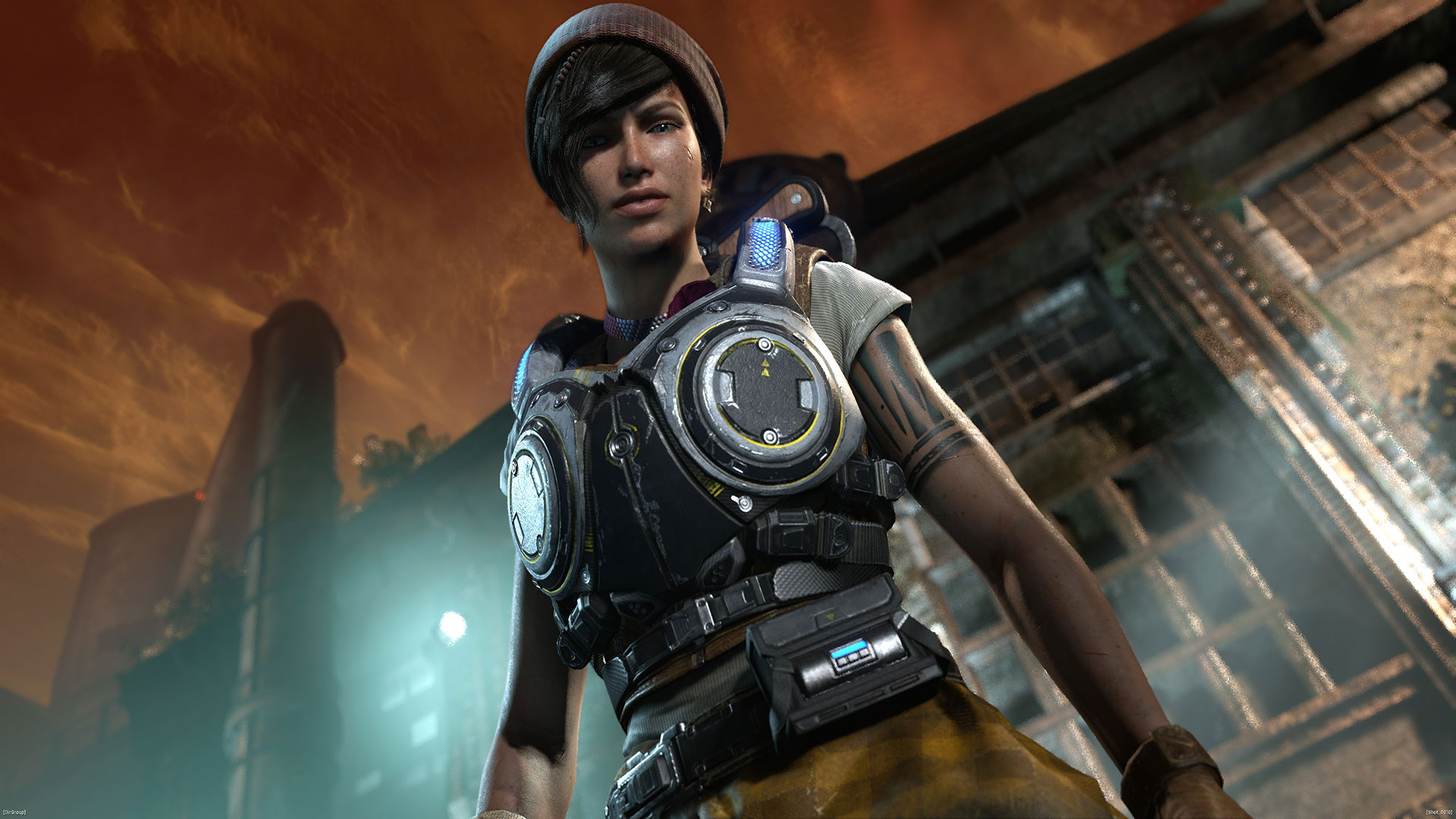
Gears of War 4's true system requirements
I talked earlier about the system requirements for Gears of War 4. Frankly, they're wrong in several areas—specifically the CPU. Does it hurt to have a quad-core processor? No, and I still highly recommend going that route if you can spare the extra $60 or so, but you can easily get by running a Core i3 desktop processor. Our best budget gaming PC ends up being a great fit for 1080p ultra, perhaps with one or two tweaks to keep things solidly above 60 fps. Meanwhile, our best gaming PC build (listed above) easily handles 1440p ultra and can make a good run at 4K high. If you want 4K ultra, our high-end gaming PC is at a bit of a handicap right now, since Gears 4 doesn't support multi-GPU, which is a shame.
So what might you want to change from our normal builds, if you're specifically interested in Gears of War 4? The budget build is the only system that might need some tweaking. I'd get an i5-6400 over the i3-6100 if possible, and use an RX 470 4GB instead of the GTX 1060 3GB. Both GPUs deliver similar performance in the built-in benchmark, but in actually playing the game I found the RX 470 provided a slightly better experience at 1080p ultra.
Remember also the storage requirement of around 74GB. If you want to put Gears 4 on an SSD, you're going to want at least a 480GB class drive (assuming a few other games, plus the OS and apps). Or go cheap and add a large 2TB hard drive for games like this, though loading times will suffer.
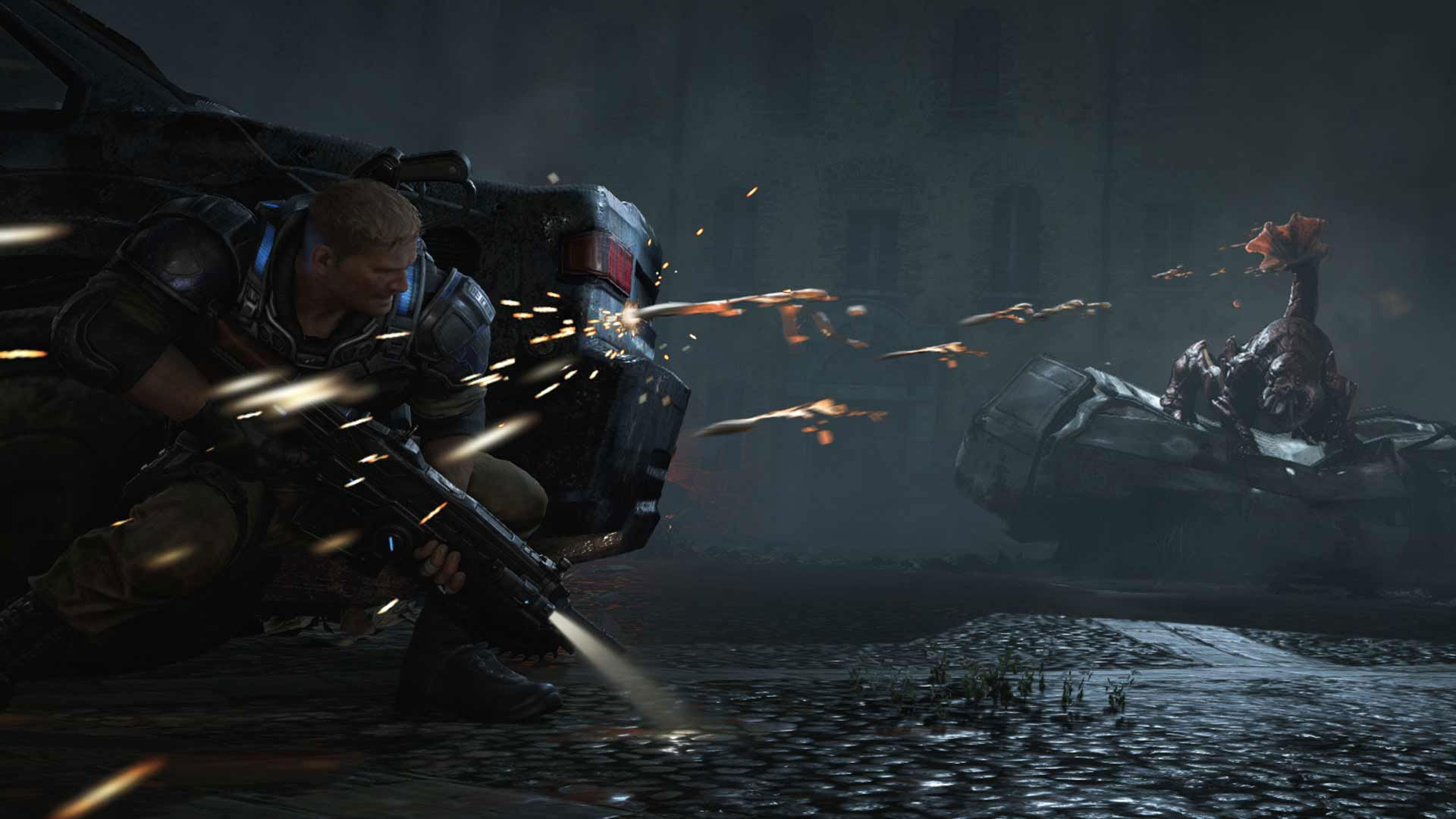
Final analysis
Gears of War 4 is one of the first DirectX 12 games to really paint Nvidia and AMD GPUs in a similar light. AMD still appears to benefit more—and that's not too surprising, as they have a hardware instruction scheduler that pairs up nicely with the additional instruction queues built into DX12—but at least Nvidia performance doesn't appear to be crippled. Just how bad are things with DX12 and Nvidia? Not so bad, actually.
GTX 1070 on average rates as ten percent faster than an R9 Fury X at 1440p Ultra. In Gears 4 it's nine percent faster, so basically the same. By comparison, the 1070 is ten percent slower in Deus Ex: Mankind Divided, five percent slower in Doom (Vulkan), three percent slower in Ashes of the Singularity, nine percent faster in Hitman, and five percent slower in Total War: Warhammer (never mind the fact that the 1070 is also 22 percent slower than in DX11 mode for Warhammer).
GTX 1060 6GB vs. RX 480 8GB on the other hand has the 1060 winning by 11 percent in average rates at 1080p Ultra. Looking at just low-level API games, the 1060 is six percent faster in Gears 4, eight percent slower in DXMD, nine percent slower in Doom (Vulkan), 21 percent faster (!) in Ashes, eleven percent slower in Hitman, and six percent slower in Warhammer (though again, the 1060 is four percent slower than in DX11 mode with Warhammer).
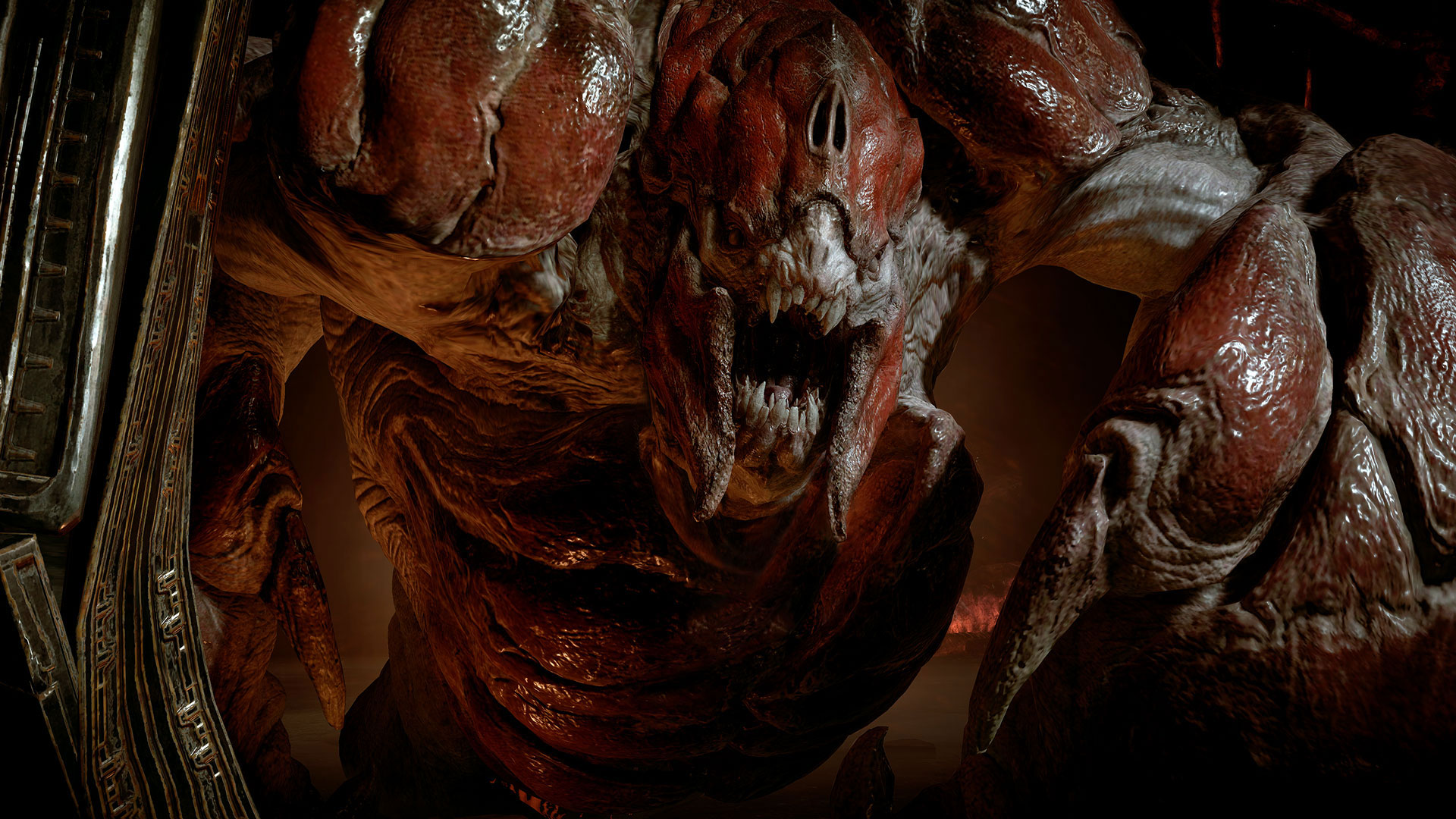
This is why I've been cautious in declaring a unilateral victory for AMD in DX12—we simply don't have enough samples to really say for certain what's going on. There are a few other DX12 games I haven't personally tested, but Gears of War 4 shows that, at the very least, there are DX12 titles where Nvidia appears to beat AMD by margins similar to what happens in DX11.
Is Gears 4 a case of a game being highly optimized for Nvidia hardware? Perhaps, and Nvidia is certainly promoting the game as a good example of their performance advantage—Gears 4 is also in Nvidia's current gaming bundle with GTX 10-series graphics cards. My feeling is that this sort of thing was only a matter of time. We saw Nvidia and AMD change positions in DX11 games, often based on whether a game had an Nvidia or AMD logo, and DX12 only seems to open up more possibilities for 'unintentionally' handicapping one vendor.
Maybe this is the first game to heavily optimize for Nvidia GPUs, or ideally it's a game that does a decent amount of optimizations for both AMD and Nvidia hardware. There was a presentation at GDC'16 that basically stated that 'best practices' for DX12 games should include separate code paths for critical elements, designed specifically for AMD and Nvidia hardware. Microsoft obviously has a vested interest in treating both GPU vendors equally, and Unreal Engine 4 is in a similar situation.
Hopefully we'll see more examples of DX12 (and Vulkan) games that work optimally on both AMD and Nvidia hardware under DX12 going forward. In the meantime, Gears of War 4 is ready for you to play on Windows—provided you're willing to run the Anniversary Update and buy the game from the Windows Store.
Jarred's love of computers dates back to the dark ages when his dad brought home a DOS 2.3 PC and he left his C-64 behind. He eventually built his first custom PC in 1990 with a 286 12MHz, only to discover it was already woefully outdated when Wing Commander was released a few months later. He holds a BS in Computer Science from Brigham Young University and has been working as a tech journalist since 2004, writing for AnandTech, Maximum PC, and PC Gamer. From the first S3 Virge '3D decelerators' to today's GPUs, Jarred keeps up with all the latest graphics trends and is the one to ask about game performance.


